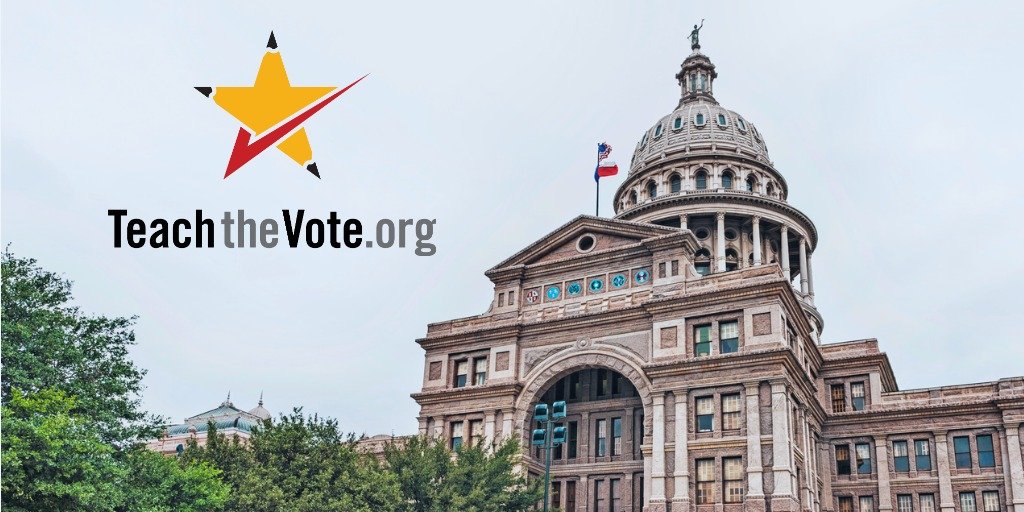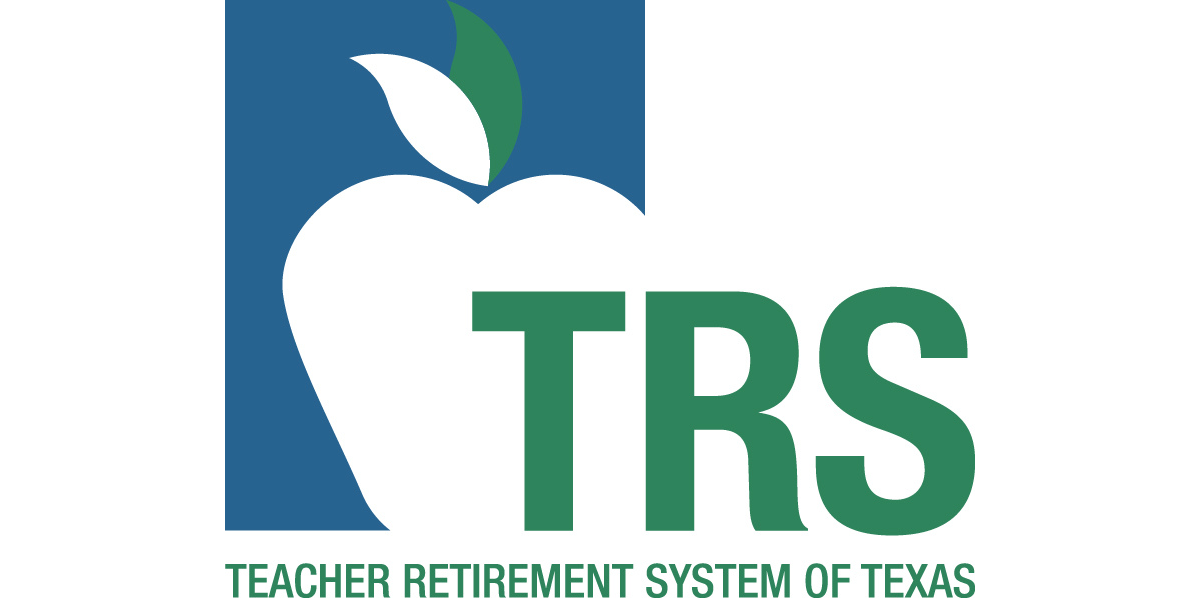Guest Post: 239,517 Children Trapped in Political Rhetoric

Date Posted: 12/15/2016
 from Moak, Casey & Associates
Dec. 12, 2016
In an effort to solicit support for his voucher plan, the lieutenant governor recently told a group of education and business leaders in Dallas that 239,517 children attend a "failing public school in Texas." (Source: The Dallas Morning News). Advocates of choice and vouchers often say that students are "trapped" in failing schools. The phrasing takes advantage of an accountability system that is designed to identify at least 5% of all schools in the state as "failing," regardless of how well the schools, or the students enrolled in them, performed. Perhaps a better assessment is that students are trapped in the political rhetoric around school choice and/or school vouchers. ("School choice" is considered to be a broad term that subsumes vouchers and education savings grants, either or both of which take taxpayer dollars away from public schools and shifts them to the private sector.)
Education Commissioner Mike Morath recently told the TASA/TASB convention audience that, "We get beaten up for what we do, but our public schools are doing as well as they've ever done." The same can be said for the parents and teachers of children in schools that have high educational risk factors. What do the numbers really tell us about Texas students and the accountability system that shadows their daily walk in Texas public schools?
from Moak, Casey & Associates
Dec. 12, 2016
In an effort to solicit support for his voucher plan, the lieutenant governor recently told a group of education and business leaders in Dallas that 239,517 children attend a "failing public school in Texas." (Source: The Dallas Morning News). Advocates of choice and vouchers often say that students are "trapped" in failing schools. The phrasing takes advantage of an accountability system that is designed to identify at least 5% of all schools in the state as "failing," regardless of how well the schools, or the students enrolled in them, performed. Perhaps a better assessment is that students are trapped in the political rhetoric around school choice and/or school vouchers. ("School choice" is considered to be a broad term that subsumes vouchers and education savings grants, either or both of which take taxpayer dollars away from public schools and shifts them to the private sector.)
Education Commissioner Mike Morath recently told the TASA/TASB convention audience that, "We get beaten up for what we do, but our public schools are doing as well as they've ever done." The same can be said for the parents and teachers of children in schools that have high educational risk factors. What do the numbers really tell us about Texas students and the accountability system that shadows their daily walk in Texas public schools?
- During the 2015-16 school year, Texas public schools enrolled 5,284,252 students. That means that over 5 million (5,044,735 or 95%) students were enrolled in campuses that received a TEA rating of Met Standard.
- In fact, 7,667 out of 8,673 or 88% of Texas public schools in 2015-16, inclusive of charter schools,received a Met Standard rating. When charters are excluded, the figure rises above 89%. (Source: TEA 2016 Preliminary Accountability System State Summary, as of September 14, 2016.)
- The number of schools not meeting standards has declined each year since 2013, when the count stood at 768 Improvement Required (IR-rated) campuses compared to the most recent count of 467 IR-rated campuses — even as the accountability system has become more rigorous.
- Over half of the IR campuses (259 out of 467 or 55%) were rated IR for the first time. (Table 2)
- Over half of the 239,517 students (52%) are enrolled in a campus that was rated Improvement Required (IR) for the first time. (Table 2) Historically, Year 1 IR campuses quickly improve and are removed from TEA’s IR list faster than other IR campuses.
- 72% are enrolled at a Year 1 or Year 2 IR campus. (Table 2)
- 51 campuses missed only one – out of four possible – index target. (Table 3)
- Only 35 out of 8,673 campuses missed all 4 index targets. (Table 3)
- 25,218 students are enrolled in one of the 68 charter schools with an IR rating. (Table 1) To our knowledge, no students are required to attend charter schools.
- Out of the 467 schools rated in 2016 as Improvement Required, 102 graduated a total of 10,558 students in SY 2014-15. Of those, 8,349 or 79% of the graduates had completed rigorous programs of study, including Recommended High School Plan, Distinguished Plan, Foundation Plan with Endorsements, or Foundation Plan with Distinguished Level of Achievement.
- The phrasing, "trapped in failing schools" paints a picture of "no way out." In fact, all 399 IR-rated non-charter campuses were subject to Public Education Grant (PEG) requirements to offer choice options to each one of their enrolled students. Over 1,100 more schools that were not rated as Improvement Required in 2015 also were subject to PEG requirements, due to IR ratings in either of the prior two years and/or performance criteria distinct from state ratings. None of this takes into account any other forms of choice available within the districts right now.
- The current accountability system (based largely on STAAR tests) is designed to identify at least 5% of schools as missing standards, or "failing" – because the targets it uses are built on a quota established in federal law.
- That means that we can reasonably anticipate that at least 264,000 (5% of Texas enrollment) students will be enrolled in low performing campuses – even if their campuses performed better than they did the year before; and even if their local communities rate them as Exemplary, Recognized or Acceptable on the Family and Community Engagement Ratings that are required by state law.
- The shift to an A-F rating system, in which both D’s and F’s are statutorily required to signify "unacceptable" performance, automatically ensures that more students will be enrolled in "failing schools" if the bottom 5% of campuses are given F’s and the next 10% are given D’s. This predetermined outcome will feed right into a fresh, new round of rhetoric from "school choice" advocates, even though the "increase" is simply a function of the system’s design.
This article originally appeared at https://www.moakcasey.com/articles/viewarticledoc.aspx?AID=16390&DID=12732 and was reprinted with permission from Moak, Casey & Associates.
CONVERSATION
RECOMMENDED FOR YOU

04/19/2024
Teach the Vote’s Week in Review: April 19, 2024
Listen to the latest episode of The ATPE Podcast learn why your vote in school board, appraisal, and bond elections is so critical.

04/18/2024
5th Circuit Court denies rehearing in publishers’ Texas library book lawsuit
Author of HB 900 urges Paxton to appeal to the U.S. Supreme Court.

04/17/2024
TRS board to consider lowering TRS-Care Medicare Advantage premiums
Increased legislative funding, federal changes mean TRS is positioned to pass on savings to plan participants.

